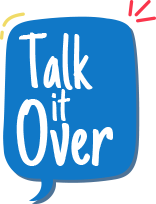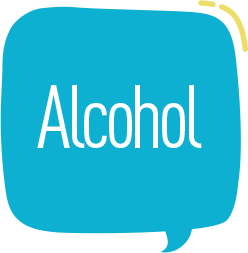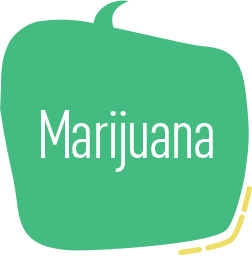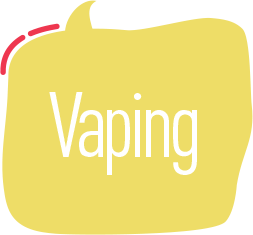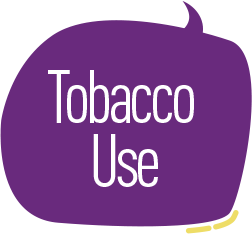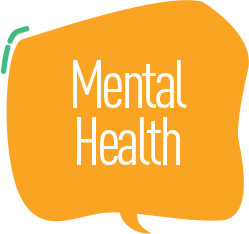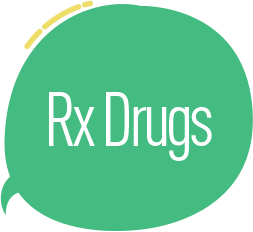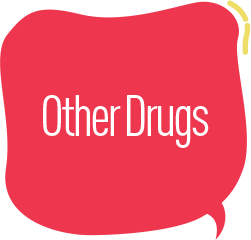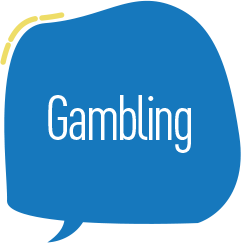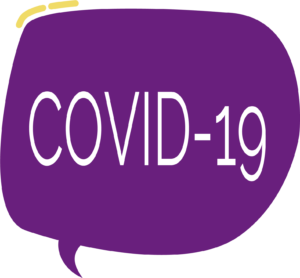Let’s talk about opioids.
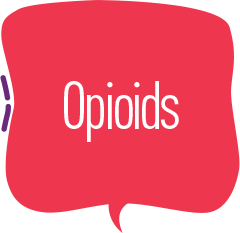
When taken responsibly as prescription medications, opioids can be effective pain killers for people with medical conditions or recovering from surgery. However, when abused or used as a drug to get high, opioids can become very addictive and dangerous.
Since 2014, there has been a dramatic rise in deaths due to opioid overdoses. This is a national epidemic that affects all communities—no matter age, ethnicity, location, or financial status. One of the best ways we can fix this problem is by talking to children about the risks of all opioids.
What parents need to know
Opioids are a category of narcotic drugs.
- Prescription opioids include codeine, oxycodone, and hydrocodone.
- Examples of illegal opioids are heroin and fentanyl.
Any type of opioid use (legal or illegal) can lead to bad health outcomes such as dependence, overdose, and death.
- As many as one in four patients engaged in long-term pain therapy using opioids may struggle with addiction.
- Even limited use under the watch of a doctor can result in symptoms of physical dependence or addiction.
- Nearly 80% of Americans using heroin (including those in treatment) reported misusing prescription opioids first.
Opioids are commonly misused by taking the medicine in a way or at a higher dose than prescribed, taking someone else’s medicine, or taking medicine only to get high.
- Prescription opioids usually come in a pill, lozenge, or skin patch.
- Some illegal opioids can also be injected, sniffed, snorted, or smoked.
Opioids can be extra dangerous when mixed with other substances.
- Taking with alcohol or other depressants can make your heartbeat or breathing get too low or stop.
Naloxone (NARCAN) can be given to save a person’s life who may be overdosing from opioids.
- It must be administered as soon as possible to reverse the effects of the opioids.
- In New York, naloxone is available through pharmacies and publicly available training from local Departments of Health, and can be administered by anyone.
- For more information on naloxone resources as well as drug disposal, visit thepointny.org.
What the law says
- It is legal to use opioids when prescribed to you by a doctor and taken exactly as prescribed.
- Using opioids without a prescription is illegal and can carry criminal charges ranging from possession (a misdemeanor or felony) to possession with intent to sell (a felony).
- The NYS 911 Good Samaritan Law is a critical, life-saving law that allows people to call 911 without fear of arrest if they are having a drug or alcohol overdose that requires emergency medical care or if they witness someone overdosing.
Additional Resources
Starting the conversation
There are many opportunities to talk to your child about opioids. When you go to the doctor or pharmacy, you can bring up the realities and dangers of prescription drugs as well as the risks of illegal opioid use. When you hear news stories about opioid overdoses, you can use them as a powerful conversation starter on the dangers of these substances.
What to say
If your child asks, “Why are prescription drugs dangerous if a doctor gave them to me?”
- Tell them that even when prescribed by a doctor, prescription drugs are still powerful and can be risky and dangerous.
- They should be taken as little as possible to reduce the risk of dependence.
- All opioid medications have a high potential to be addictive and lead to overdose and other health problems.
If your child wants to use someone else’s prescription medicines.
- Remind them that medicines prescribed for a doctor are only for that person.
- It’s very important to always follow the doctor’s instructions.
- Sharing medicines is drug abuse and can be very dangerous and addicting.
